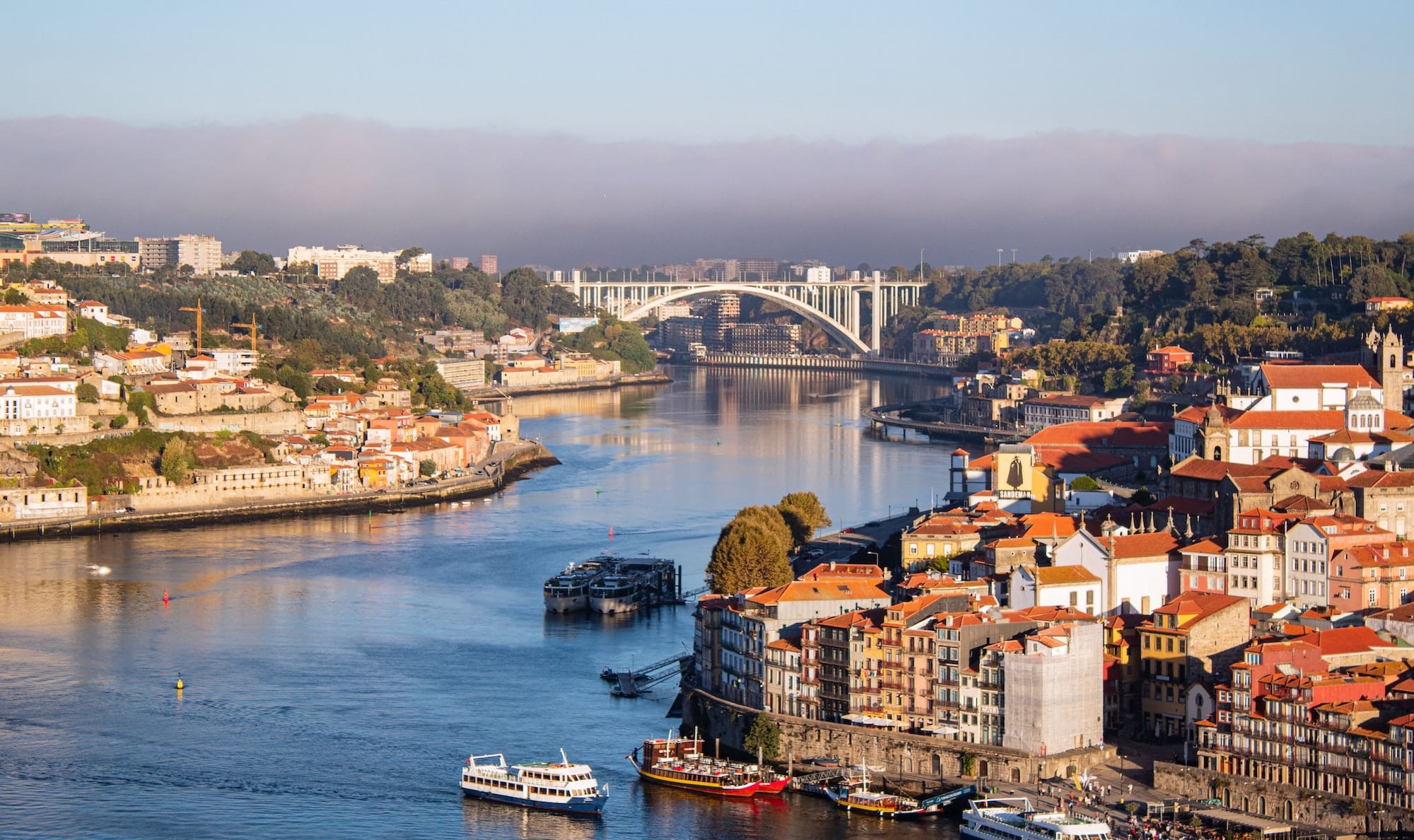The so-called ‘metrobus’ service in Gaia will consist of a hydrogen bus with frequencies every 10 minutes between the D. João II metro station and the Baiza area, the mayor said today.
“From September 1st, we will have a circulation with a regularity of 10 in 10 minutes in peak periods, with a regularity of 15 in 15 and 20 in 20 in non-peak periods or in some times of holidays and weekend”, said Eduardo Vítor Rodrigues today at the presentation of the hydrogen bus service, at the fire station Sapadores de Gaia.
The BUS lane between the Rotunda Afonso de Albuquerque and the Arcos do Sardão, which will also allow the circulation of bicycles and other means of soft mobility, was inaugurated today with a trip on a hydrogen bus from Salvador Caetano.
“I think everyone realizes that it was not possible to move immediately to a pure ‘metrobus’ model, with traditional rolling stock of the ‘metrobus’ model, because the corridor we still have is a very short corridor, it is not exactly Avenida da Boavista [in Porto], where we will have a model with rolling stock of another caliber”, he said, referring to the project in Porto.
Unlike the Metro do Porto project in Boavista, which will have its own stations with ticket vending machines and validators, the traditional bus stops are visible on the Gaian BUS corridor, a means of transport that has an effective free path in its lane for most of the route.
However, the socialist mayor of Gaia defended that “the concept is the same”, assuming that the free service until December 31 aims to “evolve, captivate, charm people, so that they return or come to urban public transport”.
“From September 1, if those who travel to the metro stop [in D. João II] realize that they can move better on a bus with a certain frequency, with guaranteed quality, and where they can continue to see Instagram, then we will have many more people circulating in December than we had at the start of the operation”, estimated Eduardo Vítor Rodrigues, also president of the Metropolitan Area of Porto.
Specifically, the service will go from the D. João II metro station using the BUS lane between the Afonso de Albuquerque Roundabout to Arcos do Sardão, then continuing to the Baiza area, in Vilar de Andorinho, serving “the entire interior of the urbanization of Rua Condessa Paço Vitorino”.
“Basically, what we will have is not a traditional model of public transport, it is really a shuttle”, summarized Eduardo Vítor Rodrigues, the idea being to privilege “speed, speed”, arguing that it would not make sense to be “in the middle of traffic with a highly efficient, highly modern bus, in a queue that shares with a light”.
For now, until September 1, the users of the BUS lane continue to be the companies that currently provide service under the provisional authorizations (namely MGC), and the service called ‘metrobus’ will be operated by Feirense.
The first phase of the contract, initially budgeted at €3.8 million, was increased by €300,000 to €4.1 million, he said, due to “on-the-ground adjustments” rather than inflation.
The mayor also launched today, together with the presidents of Vilar de Andorinho, Oliveira do Douro and Avintes, the protocol for the second phase of the project, whose execution project will cost 600 thousand euros.
The contract to extend the BUS corridor and service to the Avintes traffic circle will cost up to EUR 8 million and will involve, as in the first phase, the upgrading of all underground network structures.
Eduardo Vitor Rodrigues pointed to the completion of the second phase already after the end of his mandate, which ends in 2025.
Later, the goal will be to reach the industrial zone of Avintes and then Crestuma and Lever.

